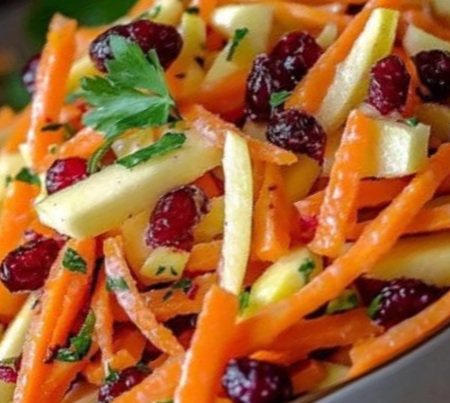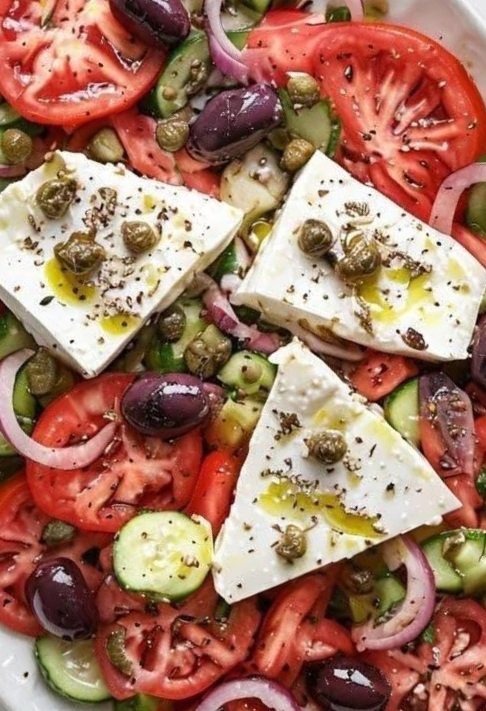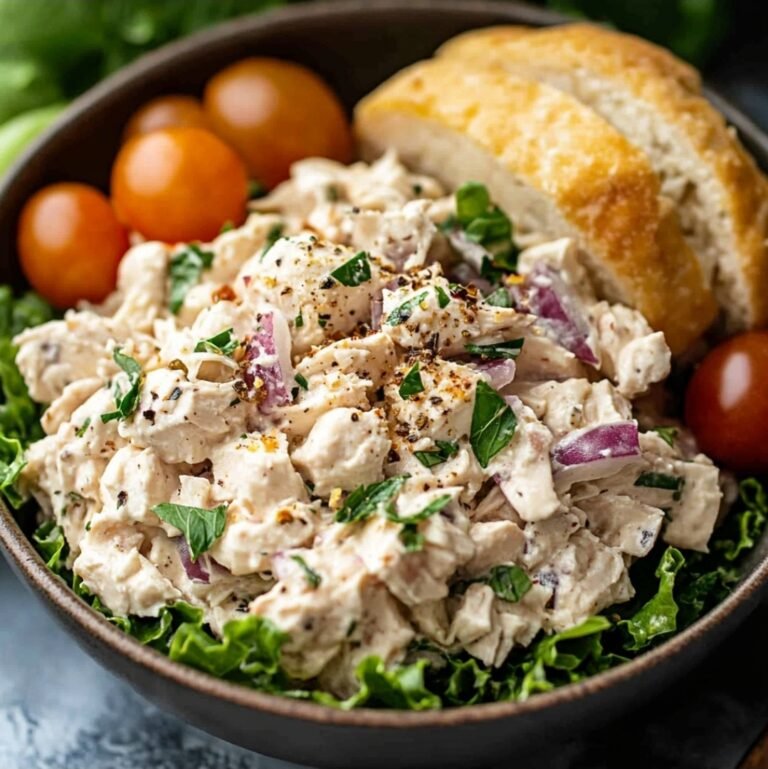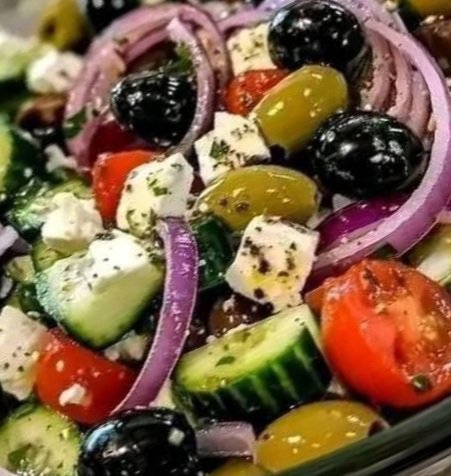Sweet and Savory Tzimmes: A Heartwarming Jewish Comfort Dish with Carrots, Sweet Potatoes, and Dried Fruit
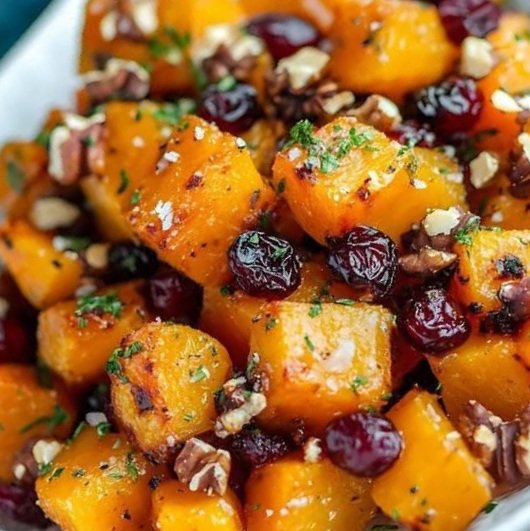
Tzimmes, a traditional Jewish dish, is the epitome of comfort food—a vibrant, sweet, and savory medley of root vegetables, dried fruits, and warm spices that’s as nourishing as it is flavorful. Often served during Jewish holidays like Rosh Hashanah, Passover, or Sukkot, this versatile dish brings together the natural sweetness of carrots and sweet potatoes with the chewy richness of dried apricots, prunes, and raisins. Infused with honey, citrus, and a hint of spice, this Sweet and Savory Tzimmes recipe is a celebration of wholesome ingredients and cultural heritage.
Whether you’re preparing a festive holiday meal, hosting a cozy family dinner, or simply craving a nutrient-packed side dish, this tzimmes recipe is sure to impress. In this post, we’ll guide you through every step of making this delightful dish, share tips for customization, explore its cultural significance, and suggest perfect pairings to elevate your meal. Let’s dive into the world of tzimmes and create a dish that’s as heartwarming as it is delicious!
What Is Tzimmes?
Tzimmes (pronounced “TSIM-ess”) is a traditional Ashkenazi Jewish dish that translates to “a big fuss” in Yiddish, though there’s nothing fussy about its preparation. This sweet and savory stew typically features root vegetables like carrots and sweet potatoes, slow-cooked with dried fruits, honey, and spices to create a rich, flavorful dish. The sweetness of tzimmes symbolizes hope and prosperity, making it a staple during Jewish New Year celebrations (Rosh Hashanah), where sweet foods are eaten for a sweet year ahead.
While tzimmes recipes vary from family to family, they all share a focus on hearty, affordable ingredients that meld together into a comforting, crowd-pleasing dish. Some versions include meat (like brisket or flanken) for a heartier main course, while others, like this vegetarian recipe, shine as a side dish or even a standalone meal. Our Sweet and Savory Tzimmes is a plant-based version that’s perfect for any occasion, from holiday feasts to weeknight dinners.
Why You’ll Love This Tzimmes Recipe
This Sweet and Savory Tzimmes recipe is a standout for several reasons:
- Flavorful and Balanced: The combination of sweet honey, tangy citrus, and warm spices like cinnamon and ginger creates a harmonious blend of flavors.
- Nutrient-Packed: Carrots and sweet potatoes are rich in vitamins, fiber, and antioxidants, while dried fruits add natural sweetness and energy-boosting carbs.
- Versatile: Serve it as a side dish, a vegetarian main, or even a topping for grains like quinoa or farro.
- Make-Ahead Friendly: Tzimmes tastes even better the next day, making it ideal for meal prep or holiday planning.
- Customizable: Easily adapt the recipe to include your favorite vegetables, fruits, or even a protein like chicken or beef.
With its vibrant colors, inviting aroma, and soul-warming taste, this tzimmes is sure to become a favorite in your recipe repertoire.
Ingredients for Sweet and Savory Tzimmes
To create this delightful dish, you’ll need the following ingredients. Each component plays a role in building the dish’s signature sweet-savory profile.
- 3 large carrots, peeled and sliced: Carrots provide a tender, slightly sweet base that holds up well during cooking.
- 2 medium sweet potatoes, peeled and cubed: Sweet potatoes add creamy texture and natural sweetness.
- 1/2 cup dried apricots, chopped: These bring a chewy, tangy-sweet element to the dish.
- 1/4 cup prunes, chopped: Prunes contribute deep, rich sweetness and a soft texture.
- 1/4 cup raisins: Raisins add pops of sweetness and pair beautifully with the spices.
- 2 tablespoons honey: Honey enhances the dish’s sweetness and adds a floral note.
- 1 tablespoon brown sugar: A touch of brown sugar deepens the caramelized flavors.
- 1 teaspoon ground cinnamon: Cinnamon infuses the dish with warmth and aroma.
- 1/2 teaspoon ground ginger: Ginger adds a subtle, spicy kick to balance the sweetness.
- 1/4 teaspoon salt: Salt enhances all the flavors and prevents the dish from tasting overly sweet.
- 1/4 teaspoon freshly ground black pepper: A hint of pepper adds depth and complexity.
- 2 tablespoons vegetable oil: Used for sautéing, oil helps develop the vegetables’ flavors.
- 1/2 cup water: Water creates a gentle braising liquid to soften the vegetables.
- 1/4 cup orange juice: Orange juice adds bright, citrusy acidity to balance the sweetness.
- 1 tablespoon lemon juice: Lemon juice provides a fresh, tangy finish.
- 1 tablespoon fresh parsley (for garnish, optional): Parsley adds a pop of color and freshness.
Ingredient Substitutions
- Carrots or Sweet Potatoes: Try parsnips, butternut squash, or turnips for a twist.
- Dried Fruits: Swap apricots, prunes, or raisins with dried cherries, cranberries, or figs.
- Honey: Maple syrup or agave nectar can replace honey for a vegan option.
- Orange Juice: Apple juice or pomegranate juice can add a different fruity note.
- Vegetable Oil: Olive oil or melted butter (if not keeping it vegan) works well.
Step-by-Step Instructions for Making Tzimmes
Follow these detailed instructions to create a perfectly cooked Sweet and Savory Tzimmes that’s bursting with flavor. The process is straightforward, but we’ve included extra tips to ensure success.
Step 1: Preheat the Oven
Preheat your oven to 350°F (175°C). This moderate temperature allows the vegetables to cook gently, absorbing the flavors of the spices and fruits without burning.
Step 2: Prepare the Vegetables
Peel and slice the 3 large carrots into rounds or diagonal pieces, about 1/4-inch thick, for even cooking. Peel and cube the 2 medium sweet potatoes into bite-sized chunks, roughly 1-inch in size. Consistent sizing ensures that all the vegetables cook at the same rate.
Tip: If you’re short on time, you can purchase pre-peeled and cubed sweet potatoes or baby carrots to streamline prep.
Step 3: Sauté the Vegetables
In a large, oven-safe pot or Dutch oven, heat 2 tablespoons of vegetable oil over medium heat. Once the oil is shimmering, add the carrots and sweet potatoes. Sauté for 5-7 minutes, stirring occasionally, until the vegetables begin to soften and develop a slight golden edge. This step enhances their natural sweetness and builds a flavorful base for the dish.
Tip: Avoid overcrowding the pot to ensure even cooking. If your pot is small, sauté the vegetables in batches.
Step 4: Add the Fruits and Seasonings
Add the 1/2 cup chopped dried apricots, 1/4 cup chopped prunes, 1/4 cup raisins, 2 tablespoons honey, 1 tablespoon brown sugar, 1 teaspoon ground cinnamon, 1/2 teaspoon ground ginger, 1/4 teaspoon salt, and 1/4 teaspoon freshly ground black pepper to the pot. Stir well to coat the vegetables and distribute the seasonings evenly.
Tip: For a more intense flavor, toast the cinnamon and ginger in the oil for 30 seconds before adding the vegetables.
Step 5: Add the Liquids
Pour in 1/2 cup water, 1/4 cup orange juice, and 1 tablespoon lemon juice. Stir to combine, ensuring the vegetables and fruits are evenly coated. Bring the mixture to a gentle simmer over medium heat. The liquids will create a syrupy sauce as the dish cooks, infusing the ingredients with citrusy brightness.
Tip: For a richer flavor, substitute half the water with additional orange juice or a splash of white wine.
Step 6: Bake the Tzimmes
Cover the pot with a tight-fitting lid and transfer it to the preheated oven. Bake for 45-60 minutes, stirring once or twice during cooking to ensure even flavor distribution. The vegetables should be fork-tender, and the dried fruits should be plump and juicy. If the liquid reduces too much, add an extra splash of water or orange juice to keep the dish moist.
Tip: If you don’t have an oven-safe pot, transfer the mixture to a baking dish covered with foil before baking.
Step 7: Check and Adjust
After baking, check the consistency of the tzimmes. The sauce should be slightly thickened, coating the vegetables and fruits. If it’s too watery, remove the lid and bake for an additional 5-10 minutes to reduce the liquid. If it’s too dry, stir in a little more water or juice.
Step 8: Serve and Garnish
Remove the tzimmes from the oven and let it cool slightly before serving. This allows the flavors to meld further. For a fresh, vibrant touch, garnish with 1 tablespoon chopped fresh parsley, if desired. Serve warm as a side dish, main course, or part of a holiday spread.
Tip: Tzimmes can be served hot, warm, or at room temperature, making it a versatile addition to any meal.
Prep and Cooking Details
- Prep Time: 15 minutes
- Cooking Time: 60 minutes
- Total Time: 1 hour 15 minutes
- Calories: 220 kcal per serving
- Servings: 6 servings
Tips for Perfect Tzimmes
- Cut Vegetables Evenly: Uniform pieces ensure even cooking and a consistent texture.
- Adjust Sweetness: Taste the dish before baking and adjust the honey or brown sugar to suit your preference.
- Make It Ahead: Tzimmes reheats beautifully and tastes even better the next day as the flavors deepen.
- Storage: Store leftovers in an airtight container in the refrigerator for up to 5 days. Reheat gently in the oven or microwave.
- Freezing: Tzimmes freezes well for up to 3 months. Thaw in the fridge overnight before reheating.
Variations to Try
Tzimmes is a flexible recipe that invites creativity. Here are some variations to suit different tastes and dietary needs:
- Meaty Tzimmes: Add chunks of beef brisket or short ribs for a hearty main course. Brown the meat before sautéing the vegetables and increase the baking time to 2-3 hours until the meat is tender.
- Tropical Twist: Swap dried apricots and prunes for dried mango or pineapple for a tropical flair.
- Spicy Kick: Add a pinch of cayenne pepper or red pepper flakes for a subtle heat.
- Nutty Crunch: Stir in toasted almonds, pecans, or walnuts before serving for added texture.
- Grain Bowl: Serve tzimmes over cooked quinoa, couscous, or brown rice for a filling vegetarian meal.
Cultural Significance of Tzimmes
Tzimmes holds a special place in Jewish cuisine, particularly among Ashkenazi Jews from Eastern Europe. Its sweet ingredients, like honey and dried fruits, symbolize wishes for a sweet and prosperous new year during Rosh Hashanah. The dish’s affordability and ability to feed a crowd also made it a practical choice for large family gatherings and holiday celebrations.
Beyond its religious significance, tzimmes is a testament to the resourcefulness of Jewish cooks, who transformed humble ingredients into a dish that’s both comforting and festive. Today, tzimmes is enjoyed year-round, with modern variations reflecting the diversity of Jewish diaspora cuisine.
What to Serve with Tzimmes
Tzimmes is a versatile dish that pairs beautifully with a variety of mains and sides. Here are some ideas to complete your meal:
- Holiday Feasts: Serve alongside roasted chicken, brisket, or gefilte fish for a traditional Jewish holiday menu.
- Vegetarian Spread: Pair with a green salad, roasted Brussels sprouts, or a lentil stew for a plant-based feast.
- Grains: Spoon tzimmes over couscous, farro, or wild rice for a satisfying vegetarian bowl.
- Breads: Offer challah, rye bread, or pita to soak up the sweet-savory sauce.
- Dessert: Finish the meal with honey cake, rugelach, or fresh fruit for a sweet ending.
FAQs About Tzimmes
Q: Can I make tzimmes in a slow cooker?
A: Yes! Sauté the vegetables as directed, then transfer all ingredients to a slow cooker. Cook on low for 6-8 hours or high for 3-4 hours until tender.
Q: Is tzimmes gluten-free?
A: This recipe is naturally gluten-free, but always check ingredient labels (e.g., spices or dried fruits) to ensure they’re free of cross-contamination.
Q: Can I make tzimmes vegan?
A: This recipe is already vegan if you use vegetable oil and honey. For a fully vegan version, substitute honey with maple syrup or agave nectar.
Q: How do I store leftovers?
A: Store tzimmes in an airtight container in the fridge for up to 5 days or freeze for up to 3 months. Reheat gently to preserve texture.
Conclusion
This Sweet and Savory Tzimmes with Carrots, Sweet Potatoes, and Dried Fruit is more than just a recipe—it’s a celebration of tradition, flavor, and togetherness. With its vibrant colors, warm spices, and irresistible sweetness, this dish is sure to become a cherished part of your culinary repertoire. Whether you’re preparing it for a Jewish holiday, a family dinner, or a cozy weeknight meal, tzimmes delivers comfort and joy in every bite.
Try this recipe today, and don’t forget to experiment with your own variations! Share your creations with us in the comments below, and let us know how you made this tzimmes your own. For more delicious recipes and cooking inspiration, explore our website and subscribe to our newsletter.

